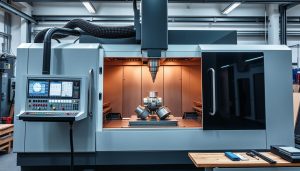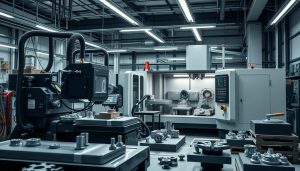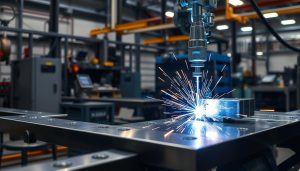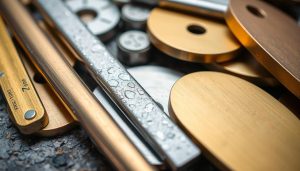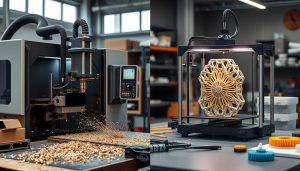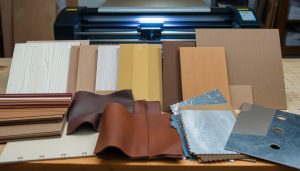Precision is key in successful manufacturing. Creating flawless rivet holes is a must. In this guide, we’ll explore CNC machining for the best rivet hole performance. We’ll cover techniques, best practices, and strategies for perfection every time.
But first, let’s ask a question: What if the key to unlocking your products’ full potential lies in the holes you drill? Intrigued? Read on to learn the secrets of perfect CNC rivet holes. They can make your products stronger, more durable, and of higher quality.
What Are Rivet Holes and Why Do They Matter?
Rivet holes are small, precisely drilled openings. They are key in manufacturing and construction. These holes help create strong joints, linking parts together for lasting structures.
Importance of Precision in Rivet Hole Machining
The success of a riveted joint depends on the precision of the holes. It’s vital to have accurate and consistent hole sizes and depths. This ensures a tight fit for the rivet.
Any mistakes in rivet hole precision can weaken the joint strength and durability. This is crucial for the assembly’s stability.
How Rivet Holes Affect Joint Strength and Durability
Precise rivet holes help the rivet anchor firmly. This creates a strong bond between the parts. Proper rivet hole precision means a tight fit, avoiding gaps or looseness.
This tight fit boosts the joint strength and durability. It lets the assembly handle heavy loads and environmental stresses for a long time.
So, accurate CNC machining of rivet holes is crucial. It directly affects the final product’s integrity and lifespan.
“Precision in rivet hole machining is the cornerstone of strong, long-lasting joints, ensuring the structural integrity of a wide range of products and applications.”
Best Practices for CNC Drilling of Rivet Holes
To get consistent, high-quality rivet holes, focus on several key areas. Choose the right drill bits and tooling, and use effective CNC programming. Each step is vital for accurate depth and diameter.
Selecting the Right Drill Bit and Tooling
The drill bit and tooling you pick greatly affect the quality of rivet holes. Material, flute design, and coating all matter. Talking to CNC machining experts can help find the best tools for your needs.
Achieving Consistency with Proper CNC Programming
For uniform rivet holes, consistent CNC programming is key. Set the right feed rates, spindle speeds, and more for repeatable results. Also, add tool path optimization and wear compensation to your program.
Maintaining Accuracy in Depth and Diameter
It’s crucial to control the depth and diameter of rivet holes for a good fit. Watch for tool wear, material deformation, and other factors that can change hole sizes. Regular tool checks and in-process measurements help keep holes within specs.
By sticking to these best practices, manufacturers can make durable, high-quality joints. The right tools, programming, and control make a big difference in results.
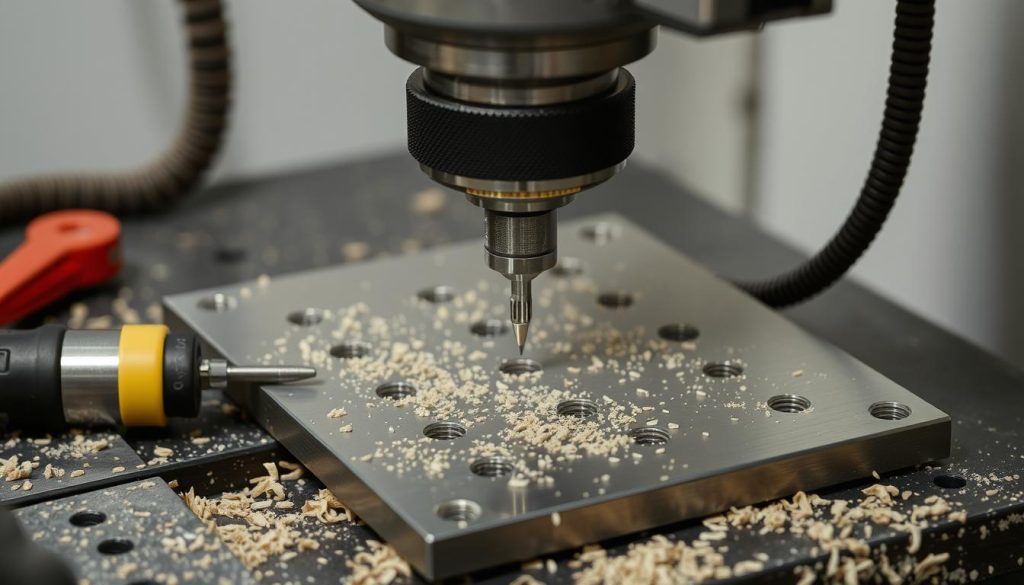
Common Challenges and How to Overcome Them
CNC machining, especially drilling rivet holes, faces several challenges. Material deformation and tool wear are two major issues. They can affect the quality and consistency of the final product.
Dealing with Material Deformation
Material deformation is a big problem when drilling rivet holes. The high-speed drilling can cause the workpiece to distort. This can lead to inaccuracies in the hole’s size, shape, and position.
To solve this, it’s important to choose the right drilling parameters. This includes the feed rate, spindle speed, and tool geometry. These choices help minimize the impact on the material.
Preventing Tool Wear and Breakage
Tool wear and breakage are common in CNC machining, especially when drilling rivet holes. Over time, drill bits and tools can become dull or damaged. This can cause poor hole quality and even tool failure.
To prevent this, a good tool management strategy is key. This includes regular tool inspection, replacement, and maintenance. By doing this, manufacturers can ensure high-quality rivet holes. This improves the strength and durability of their CNC-machined assemblies.

| Challenge | Impact | Solutions |
|---|---|---|
| Material Deformation | Inaccuracies in hole size, shape, and positioning, compromising joint integrity | Carefully select drilling parameters (feed rate, spindle speed, tool geometry) to minimize deformation |
| Tool Wear and Breakage | Increased cutting forces, poor hole quality, and potential tool failure | Implement a comprehensive tool management strategy, including regular inspection, replacement, and maintenance |
Applications of CNC Rivet Holes
CNC-drilled rivet holes are key in many industries. They are used in aerospace engineering and building construction. These holes are crucial for the safety and strength of important parts.
Aerospace and Automotive Manufacturing
In aerospace, CNC rivet holes are vital for making aircraft frames. They ensure the frames can handle the stresses of flying fast. In cars, these holes help make the body and chassis strong, keeping passengers safe.
Construction and Structural Assembly
The construction world also depends on CNC rivet holes. They are used in making steel frames for tall buildings and bridges. These holes help connect parts securely, making structures stable and lasting. CNC-drilled holes are a key part of modern building methods, allowing for new and strong designs.
